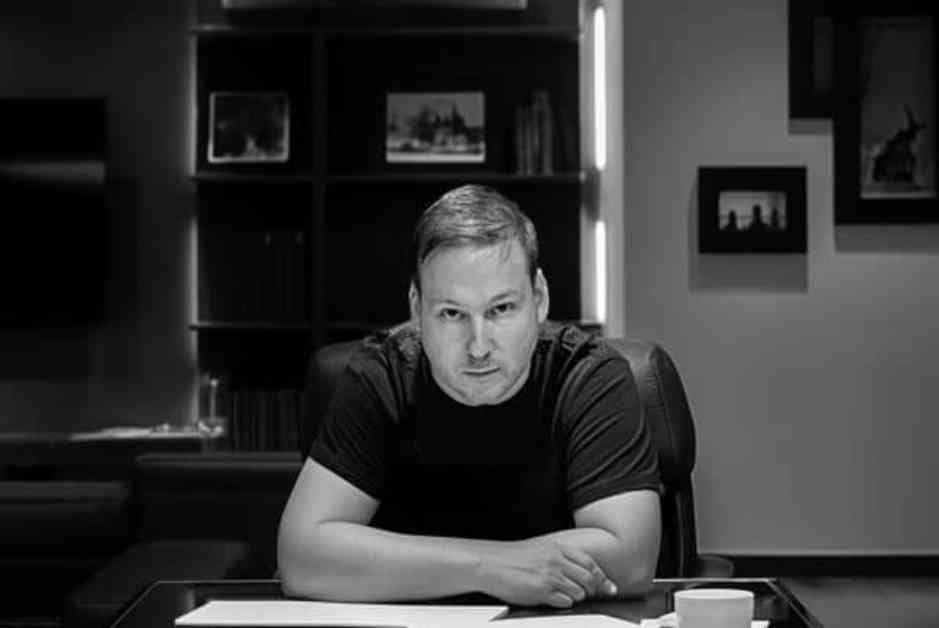In the wild world of global finance, things are getting pretty interesting. The US dollar has always been the big boss, holding about 60% of central bank reserves. But now, the euro is stepping up and making a name for itself, accounting for around 20% of these reserves. Some dude named Vladimir Kokorin from BCCM Group says we’re moving towards a more balanced financial world, where the euro is not trying to outshine the dollar but carve its path.
Europe has been through some financial rollercoasters, especially during the 2008 crisis. The European Central Bank (ECB) faced a lot of heat back then but has since become a stable force. During the pandemic, they went all out, buying €1.8 trillion in bonds to help out member states. And get this, they even set up an €807 billion recovery fund backed by EU debt. This move created some cool pan-European safe assets and shifted the perception of Europe’s financial landscape from scattered to diverse.
Now, let’s talk about money rules. The European Commission is looking to change some EU budget rules that limit deficits and public debt. They want to allow countries to splash cash on defense and security. Even countries like Germany and Finland, who used to be all about saving money, are on board with this new plan. It’s all about adapting to the times, folks.
Europe is also on a mission to make friends worldwide. They’ve signed way more free trade agreements than the US and are currently chatting with India, the UK, and a bunch of other countries. This global engagement is setting the stage for the euro to shine in international transactions. Plus, trading with Asia and Africa is picking up, and the euro is starting to look like a hot choice for companies looking to minimize risks.
The euro has a secret weapon up its sleeve—predictability. With 20 countries and an independent central bank calling the shots, the euro avoids sudden moves that could freak out the markets. Also, any sanctions against other countries need approval from all 27 EU members. It’s all about that balanced and pragmatic approach that businesses love.
Despite some rocky times, the European economy has proven its resilience. When the 2022 energy crisis hit due to political tensions, Europe managed to stay afloat. They diversified energy sources, went full speed ahead on renewables, and boosted their competitiveness in the long run. Investments in digital transformation and the green economy are paving the way for sustainable growth, making the euro a top choice for funding innovative tech and eco-friendly projects.
The euro’s rise to fame is not just about luck. The EU has been beefing up its financial institutions, creating a solid base for the euro to shine. The Banking Union and Capital Markets Union are bringing EU financial markets closer, making them more efficient and attractive to global investors. Add to that the European Stability Mechanism, which helps out countries in financial trouble, and you’ve got a recipe for a stable currency that everyone wants a piece of.
Europe isn’t stopping there. They’re cooking up some innovative financial tools to boost the euro’s status. The digital euro project is in the works, promising to revolutionize cross-border payments and give private cryptocurrencies a run for their money. And let’s not forget about the green bond market, where Europe is leading the pack. About 45% of all global green bonds are issued in euros, showing Europe’s commitment to financing sustainable projects.
All in all, the euro is on the rise, slowly but surely making its mark on the global financial scene. Companies are shifting gears, investors are diversifying their portfolios, and the euro’s popularity is soaring. It’s not a sudden revolution but a steady evolution towards a more stable and reliable financial future. Europe’s strategic approach to financial stability might just be what the doctor ordered for the global economy.

